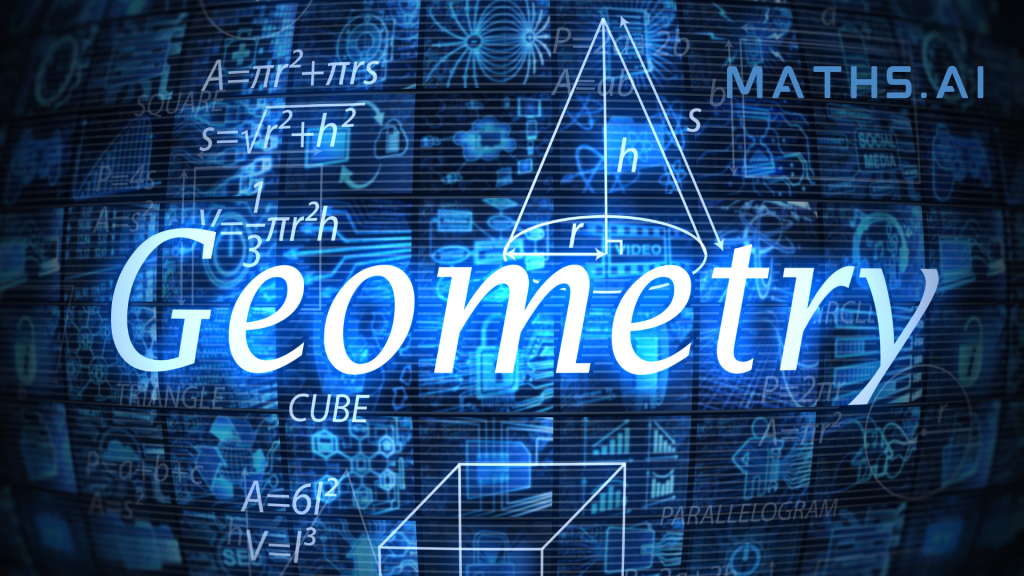Integral calculus is a fundamental branch of mathematics that deals with the concept of integration. It provides a powerful tool for solving a wide range of problems related to area, volume, accumulation, and various other mathematical concepts. In this guide, we will delve into the basics of integral calculus, explore different techniques of integration, and provide practical examples to illustrate their applications.
The Fundamental Theorem of Calculus:
Integral calculus is closely tied to the concept of differentiation, as expressed by the Fundamental Theorem of Calculus. This theorem establishes a relationship between differentiation and integration, making it a cornerstone of integral calculus.
Definite and Indefinite Integrals:
Integrals can be classified into two main types: definite and indefinite integrals. A definite integral represents the area under a curve between two specific points on the x-axis. An indefinite integral, also known as an antiderivative, represents a family of functions whose derivatives yield the original function.
3. Methods of Integration:
There are various methods to evaluate integrals, each suited for different types of functions. Some common methods include:
a. Substitution Method:
The substitution method involves substituting a variable with a new expression to simplify the integral. This technique is particularly useful for integrals involving composite functions or trigonometric expressions.
b. Integration by Parts:
Integration by parts is derived from the product rule of differentiation. It involves splitting the integrand into two functions and applying a specific formula to evaluate the integral.
c. Partial Fraction Decomposition:
In practice, we utilize this method to break down intricate rational functions into simpler fractions, thus simplifying the integration process. This approach finds frequent application when working with rational functions.
d. Trigonometric Substitution:
Trigonometric substitution is used to simplify integrals involving radical expressions by substituting trigonometric identities to simplify the expression.
e. Improper Integrals:
Improper integrals involve integrating over an infinite interval or a function with an infinite discontinuity. Such integrals are evaluated using limits, and they have applications in various real-world scenarios.
4. Applications of Integral Calculus:
Integral calculus finds extensive applications in various fields, such as physics, engineering, economics, and more. Some notable applications include:
a. Area and Volume Calculations:
c
b. Physics and Engineering:
Integral calculus is essential for solving problems related to motion, work, energy, and many other physical phenomena.
c. Probability and Statistics:
Probability density functions and cumulative distribution functions involve integrals, making integral calculus crucial in the field of statistics.
d. Economics:
Integral calculus allows us to determine the area under a curve, calculate the volume of solids formed by revolution, and ascertain the surface area of three-dimensional objects.
5. Practical Examples:
Let’s explore some practical examples to showcase the methods of integration:
Examples
Substitution Method
Evaluate ∫(2x + 1)^2 dx using the substitution method.
Solution:
Let u = 2x + 1, then du = 2 dx. The integral becomes ∫u^2 (1/2) du, which is a simple power integral.
EIntegration by Parts
Evaluate ∫x ln(x) dx using integration by parts.
Solution:
Choose u = ln(x) and dv = x dx. Apply the integration by parts formula: ∫u dv = uv – ∫v du. This leads to the integral ∫x ln(x) dx = (1/2)x^2 ln(x) – ∫(1/2)x dx.
Integral calculus is an indispensable tool for solving a wide range of mathematical problems and has a plethora of applications across various disciplines. From finding areas under curves to solving complex physical phenomena, integral calculus plays a vital role in advancing our understanding of the world. By mastering the fundamental techniques and methods of integration, one can unlock the potential to solve intricate problems and contribute to various fields of study. Explore the power of integral calculus and more with maths.ai – your gateway to mathematical enlightenment.



